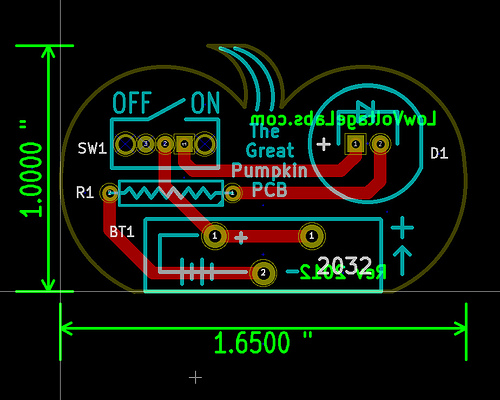
Today we’re releasing a major update to Alpha Clock Five, our alphanumeric LED desk clock, alarm clock, and data display device.
Alpha Clock Five still has five remarkably bright, remarkably huge 2.3″ alphanumeric LED displays. But for version 2.0, we’ve rewritten the firmware from scratch. It’s packed with new features and it is simply a joy to use.
To name a few of those new features, Alpha Clock Five now:
- Has a built-in calendar function so that it can smoothly alternate between displaying the time and date— a neat trick for a desk clock.
- Smoothly fades between numbers (or letters) on the screen.
- Has a five letter word “art clock” mode where it displays randomly chosen five-leter words from a built-in dictionary.
- Allows you to use the second hardware serial port to daisy-chain multiple Alpha Clock Five units together for text or data display applications— for example, as we have done in the photo above.
And, here is one more thing that we’ve been cooking up for a long long time:

The all-new White Edition of Alpha Clock Five— with five 2.3″ alphanumeric LED displays, now in stunning white. (And, shown above with a phone for scale.)
Alpha Clock Five firmware v. 2.0 is now shipping on new Alpha Clock Five kits, and is also available as a download and free update for anyone who already has an Alpha Clock Five with the original firmware. Please see our documentation wiki for details.
Read on for more about what’s new in Alpha Clock Five v. 2.0, and about the design of the White Edition.
Continue reading Alpha Clock Five v2.0 and Alpha Clock White →

























